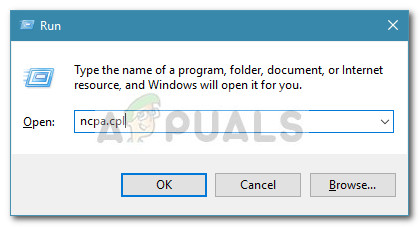

This can be increased if performance of transmission traffic is lacking. Transmit Descriptors: Sets the number of Receive Descriptors that enable the adapter to track transmit packets in the system memory. This can be increased if performance of received traffic is lacking. Receive Descriptors: Sets the number of Receive Descriptors that are allocated in the host memory and used to store the received packets. A higher rate means less responsiveness of packet handling but can help increase machine performance, especially useful for when the adapter is sending and receiving larger packets. A lower rate causes the system to be more responsive to packet handling, but can decrease performance of other applications and services on the machine. Interrupt Moderation Rate: Sets the rate at which an adapter interrupts the system to handle incoming or outgoing packets. These frames are sent by an adapter when their receive queues reach a pre-defined limit, to signal the sending station to pause transmission so the adapter does not drop the packets. Receive Side Scaling: This enables the distribution of incoming network processing across multiple processor cores in multi-core computers, to help increase performance.Īdaptive Inter-Frame Spacing: This setting enables a time gap between packets to help compensate for excessive Ethernet packet collisions on the network.įlow Control: Helps increase the efficiency of traffic regulation for connections that both support flow control frames. Furthermore, the Jumbo Frames functionality may not work well across different vendors.

However, the functionality and the same frame size typically needs to be supported by all devices across the network. This can help increase throughput and decrease CPU utilization. Jumbo Frames: This increases the standard Ethernet frame size of 1514 bytes, such as to 4088, 9014, or 16128 bytes. QoS Packet Tagging: Enables the adapter to send and receive 802.1p QoS and 802.1Q VLAN indications. Log Link State Event: This allows you to enable or disable logging of the adapter’s link state changes (such as up/down, duplex mismatch, and STP detection) in the system logs.
BROADCOM NETLINK GIGABIT ETHERNET DRIVER WIN10 PC
However, a more legitimate use of this could be changing the MAC to match the address authorized by your ISP when you’re connecting a PC directly to the modem. This is an example of how easy it is to bypass MAC address filtering techniques do a simple packet capture to find an authorized MAC address and apply it here in the advanced settings. MAC Address: Enables you to enter a MAC address for the adapter, overriding the default MAC address. If both ends are multi-port devices, the one with higher seed bits becomes the master. When left at the default setting (Auto Detect or Hardware Default) the devices automatically negotiate this based upon the IEEE 802.3ab standard: multi-port devices such as switches become the master when connected to a single port device. Gigabit Master Slave Mode: Determines which end of the connection designated as the master the other of which would be the slave. Speed and Duplex: Allows you to select the desired speed and duplex of the network adapter, the default of which is usually auto negotiation. Keep in mind, the exact advanced settings and their names differ between vendors, adapter models, and even between different driver versions. You’ve probably seen the settings on the Advanced tab of a network adapter’s Properties before-it’s the same place where you access the driver details-but the settings aren’t so easy to understand.


 0 kommentar(er)
0 kommentar(er)
